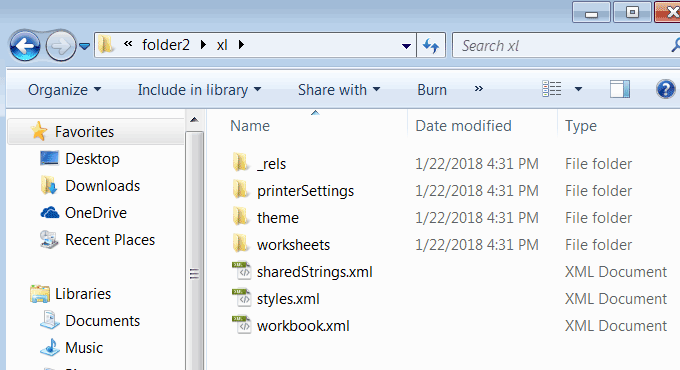3 Ways to Unprotect Excel Sheets Without Password VBA

Do you often work with Excel spreadsheets that are locked for editing or viewing? Unlocking these sheets without a password can be a daunting task if you don't know the right techniques. In this comprehensive guide, we'll explore three effective methods to unprotect Excel sheets without needing the password, focusing on utilizing VBA (Visual Basic for Applications). Whether you're looking to make quick edits, retrieve lost data, or just explore the functionality of VBA, understanding these methods can be incredibly beneficial. Let's dive into how you can unlock Excel sheets efficiently.
Why Unprotect Excel Sheets?

Before we delve into the specifics, it’s worth understanding why one might need to unprotect Excel sheets:
- Recovery: If you’ve lost or forgotten the password used to protect a worksheet.
- Collaboration: When working with teams, sometimes protected sheets can hinder productivity.
- Exploration: Learning about Excel’s features by accessing and modifying protected elements.
However, remember to use these techniques ethically and within the bounds of your legal rights or permissions.
Method 1: Using a VBA Macro to Unprotect Sheets

The first method involves creating and running a VBA macro to unprotect all sheets in an Excel workbook. Here’s how:
- Open the VBA Editor: Press
Alt + F11to open the Visual Basic for Applications editor. - Insert a Module: In the VBA editor, go to Insert > Module to create a new module.
- Copy and Paste the Macro: Use the following VBA code:
Sub UnprotectAllSheets() Dim ws As Worksheet For Each ws In ActiveWorkbook.Worksheets On Error Resume Next ws.Unprotect ws.EnableOutlining = True Next ws End Sub - Run the Macro: Click “Run” or press
F5to execute the macro.
This macro will attempt to unprotect all sheets in the workbook, bypassing password protection.
💡 Note: Running this macro might disable some functionality, like the ability to sort or filter, which was part of the original protection.
Method 2: Using a Simple VBA Script to Remove Protection

For a slightly less complex approach, you can use a script that removes protection without altering sheet functionality significantly:
- Open VBA Editor: Use
Alt + F11. - Insert Module: Click Insert > Module.
- Enter the Script:
Sub UnprotectSheet() Dim Password As String Password = InputBox(“Enter the password (if any) or press OK to continue”) ActiveSheet.Unprotect Password End Sub - Run the Script: Press
F5to execute.
This method allows you to manually input a password if known, or simply proceed without it if unknown.
Method 3: External Software Tools for Protection Removal

While VBA provides a straightforward method, there are also software tools designed specifically for unprotecting Excel sheets:
- Excel Password Recovery Tools: Tools like iSunshare Workbook Unprotect Genius, LostPassword, or PassFab for Excel can remove password protection.
- Steps to Use:
- Download and install the software.
- Open the tool and select your protected Excel file.
- Choose the option to remove the worksheet protection.
- Save the new unprotected workbook.
These tools are often faster and require less technical know-how, but they come with the cost of purchasing the software.
Unprotecting Excel sheets without a password can be done through various methods, each offering different levels of complexity and utility. From using VBA macros to leveraging external software, you have options tailored to your comfort level with programming and your immediate needs. While these methods can save time and effort, always ensure you're using them ethically. Remember, knowledge of these techniques enhances your capability to manage and recover data from locked spreadsheets, but it also comes with a responsibility to respect the confidentiality and integrity of others' documents.
Is it legal to unprotect an Excel sheet without permission?

+
No, if you do not own the document or do not have explicit permission, unprotecting an Excel sheet could be considered illegal or unethical.
Can I lose any data while unprotecting an Excel sheet?

+
Typically, no. However, sometimes VBA macros might change settings or functionality inadvertently, so always make a backup.
What if these methods don’t work?

+
Some sheets are protected with stronger algorithms or unique passwords that cannot be bypassed by standard VBA scripts or tools. In such cases, you might need to contact the sheet’s owner or look into more specialized recovery software or services.